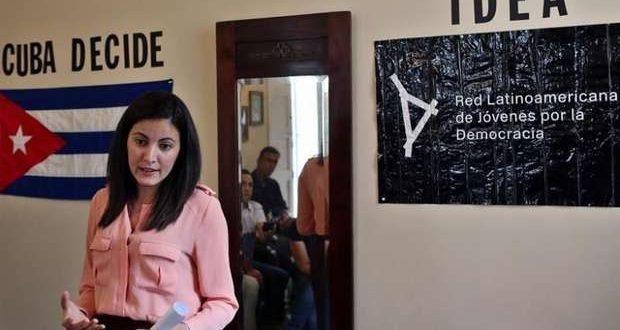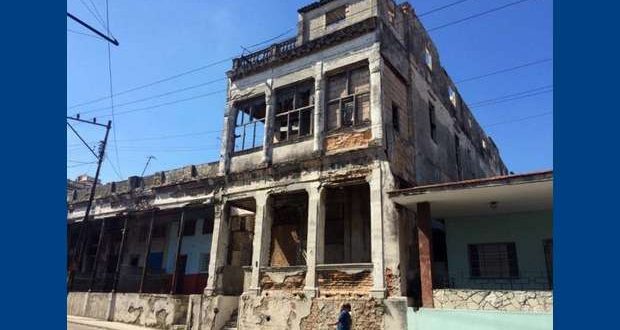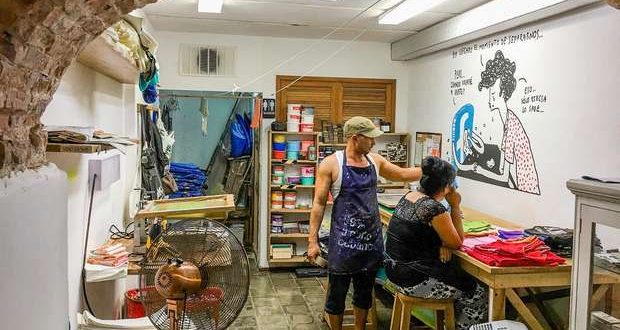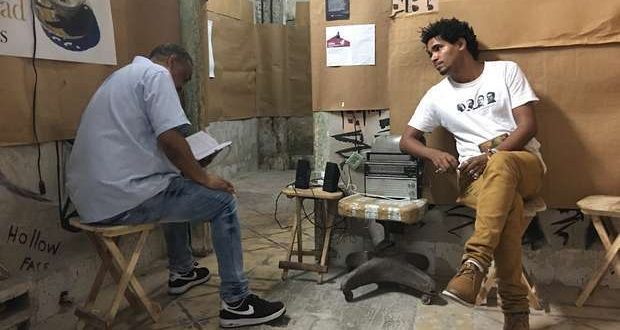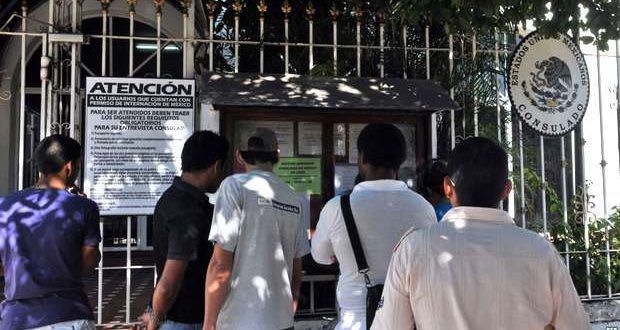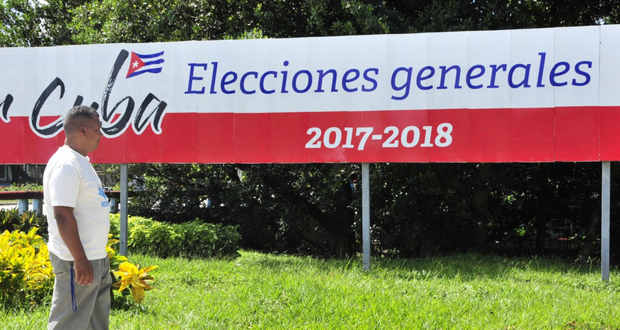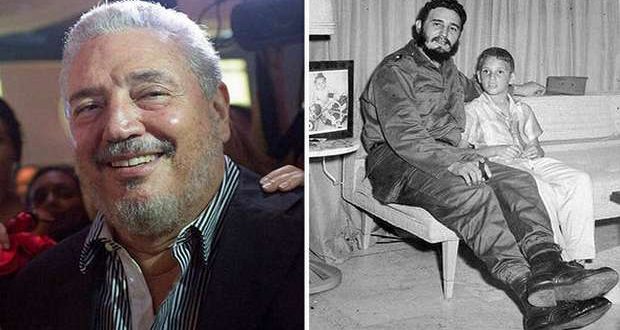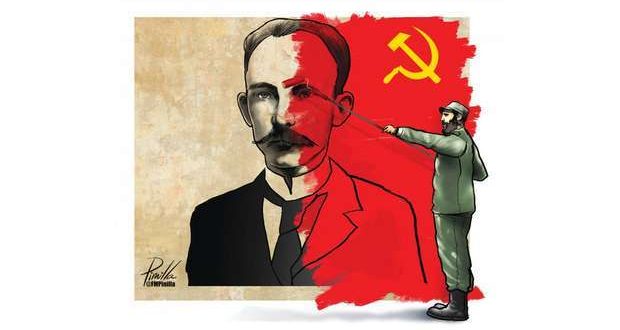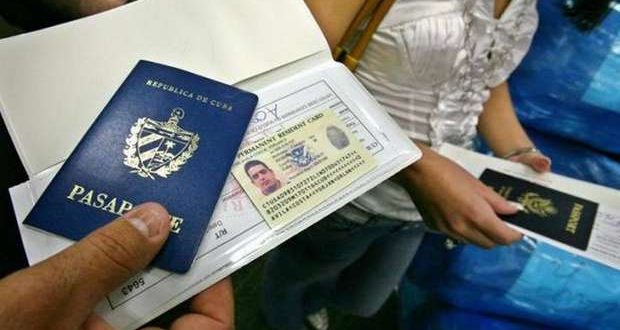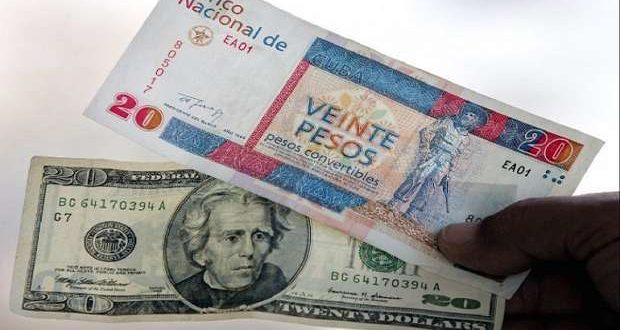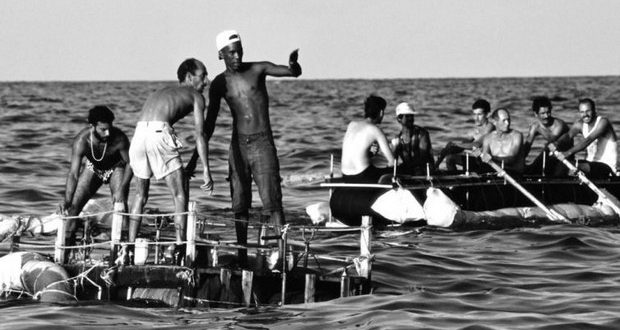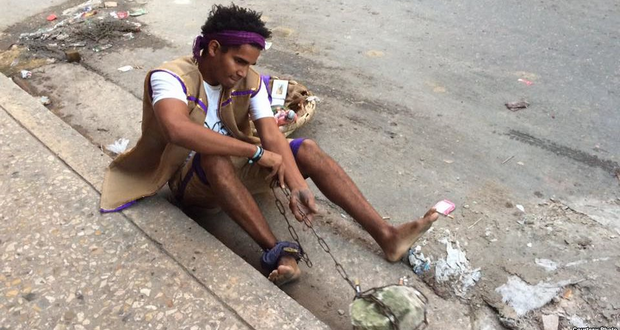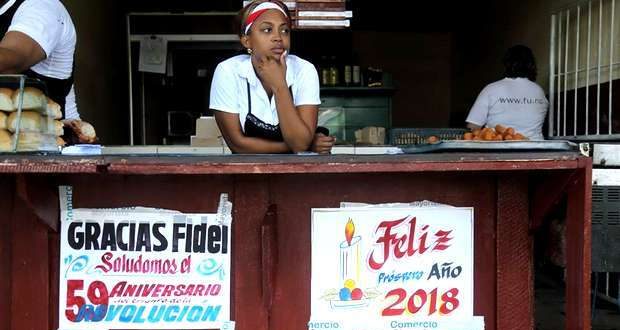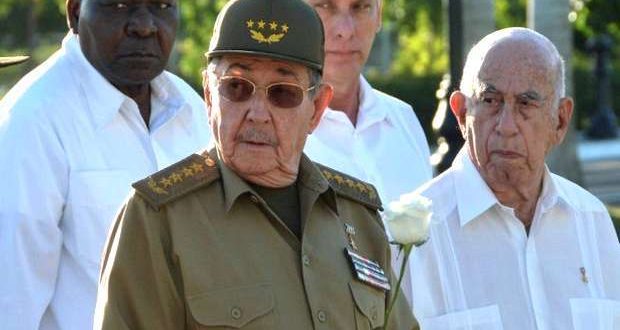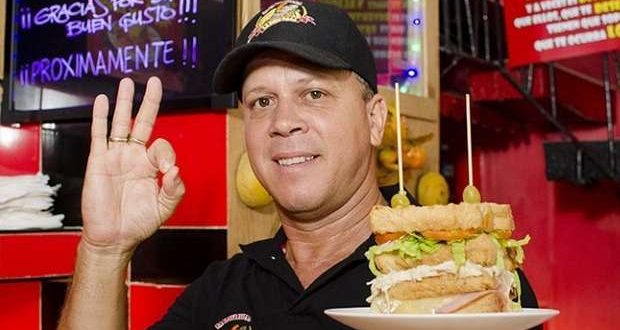
Ivan Garcia, 5 March 2018 — The last week was pure hustle and bustle for Yunia, owner of a hair salon in the neighborhood of Cerro, fifteen minutes by car from downtown Havana. After having given birth at 48 to a nine-pound baby girl and while breastfeeding her in an armchair, holding the cordless telephone between her right shoulder and her head, she was talking to a sister who, for two months, had been running her hair salon.
The news on the other side of the line was not good. “My sister says that an official of the ONAT (National Tax Administration Office) informed her that when the state begins issuing licenses again, in the case of hairdressers, the products [purchased for use in the business] must be supported by a purchase receipts in the [legal] market.” continue reading
Yunia explains that in hard currency stores, beauty products are expensive and their sale is irregular. “Sometimes a certain product disappears for months. The best Havanan hairdressers buy their products abroad, either because people have the ability to travel or because their relatives send them. They are also acquired through ’mules’ dedicated to the sale of clothing, cleaning and cosmetics.”
She puts her newborn in her crib and continues explaining: “Hair treatments, extensions and dyes, when using premium products are expensive. In a month, a young woman who carries extensions can spend 30 or 40 CUC in her city. But in Havana there are customers who can pay those prices. For hairdressers there are a variety of options, to try to please all pockets. If now, the State begins to inspect and control the inputs or insists that they be bought in Cuba, the prices will rise, since it will be much more expensive to obtain suitable cosmetics. The worst thing is not the state interference, but that the private workers are legally defenseless. They impose new measures and there is no legal venue where one can take a complaint. It’s a lion-to-monkey fight, with the monkey tied up. ”
Since last week, Martí Noticias and the Reuters news agency revealed details about a restrictive package of measures for private work, the social networks lit up, and inside the old taxis, which have become forums for debate, discontent has been increasing.
The new twist is being openly criticized by ordinary Cubans. “They did it with the roving cart vendors and the private produce markets, and now you walk through the state produce markets and they’re empty,” says Roberto, retired, pointing with his hand to the dirty and empty shelves.
“What will be the solution, that the State takes control of everything again? That has not worked in sixty years. Sometimes I think there are government officials who are from the CIA. They are idiots. If you forbid what works more or less well, to implement what has never worked, chaos returns. The issue is not that individuals charge high prices. The problem is that the State does not pay the wages that are needed. Of course, the easiest thing is to take on the weakest party and put a lot of limitations and kill your business or make you work yourself to death to earn a few pesos,” says Gladys, a state cafeteria worker.
When you talk to any taxi driver in the capital you will notice the displeasure clear as day. “It’s a giant fucking over from this Party of shitheads. Basically what they want is to suffocate private work with the story that we are getting rich. Rich from what?” Asks Eduardo and he answers:
“We have to work twelve, thirteen and even fourteen hours to clear 400 or 500 Cuban pesos. Half the money goes on food and things for the house. The other, saving, to fix the car when it breaks down. For months now, the government has had the idea of putting private taxi drivers into cooperatives and exploiting them as slaves, just as they do with cooperative taxis. Most of us are against it and we will not give in. In good faith I knew that those who keep driving freelance, they will get rid of them with inspections, fines and severe inspections of the car. It is well known that half of these junkers should not be on the street. In the end what they want is to fuck us over.”
René, owner of a fleet of five cars and three jeeps that he rents as taxis, says that through people he knows in the ONAT he learned that “as of April the government will go after us with every thing they’ve got. There is talk that each taxi driver has to own his car. I do not know how this mess will end, but we will look for a shortcut to follow the new rules. It is the State, which is not capable of satisfying the demands of the people, which forces us to cheat to live as God intended. The only ones who are getting rich in Cuba are those who govern.”
The information in the foreign press, not being denied by the regime, has given rise to a wave of rumors and speculation.
“It’s a witch hunt that does not surprise me. History repeats itself. The government has always watched the progress of the private sector and then it takes the repressive scissors and cuts off their wings. That fatso Marino Murillo said that we, the individuals, have caused more harm than benefits. We pay our employees up to ten times more than state salaries and provide better services despite high taxes, and they do not allow us to import food or have a wholesale market, says the owner of a paladar, a private restaurant.
Daniel, an economist, believes that future restrictions on private work is “a terrible strategy. This has already been said repeatedly by other colleagues. What must be fought is poverty, not those who generate wealth. If they want to eliminate illegalities in private work, the State must provide the options so that this does not happen. It is the government that has failed to enable them by not allowing a wholesale market, not allowing them to associate with foreign companies or import directly from abroad. In this war the people lose. The only sector that grows in Cuba is the private sector. They employ half a million people, who by having better salaries, can increase domestic consumption. That is, more oil, clothing and appliances are bought in hard currency stores and one million people are tourists in hotels.
On the street, people ask why the military autocracy (which is guided by the ’scientific theories of communism’), dislikes that a segment of Cubans can prosper by their own efforts.
The answer seems elementary. It will always be easier to govern a herd that depends on an authoritarian state than on loose cattle in open, well-groomed paddocks.

